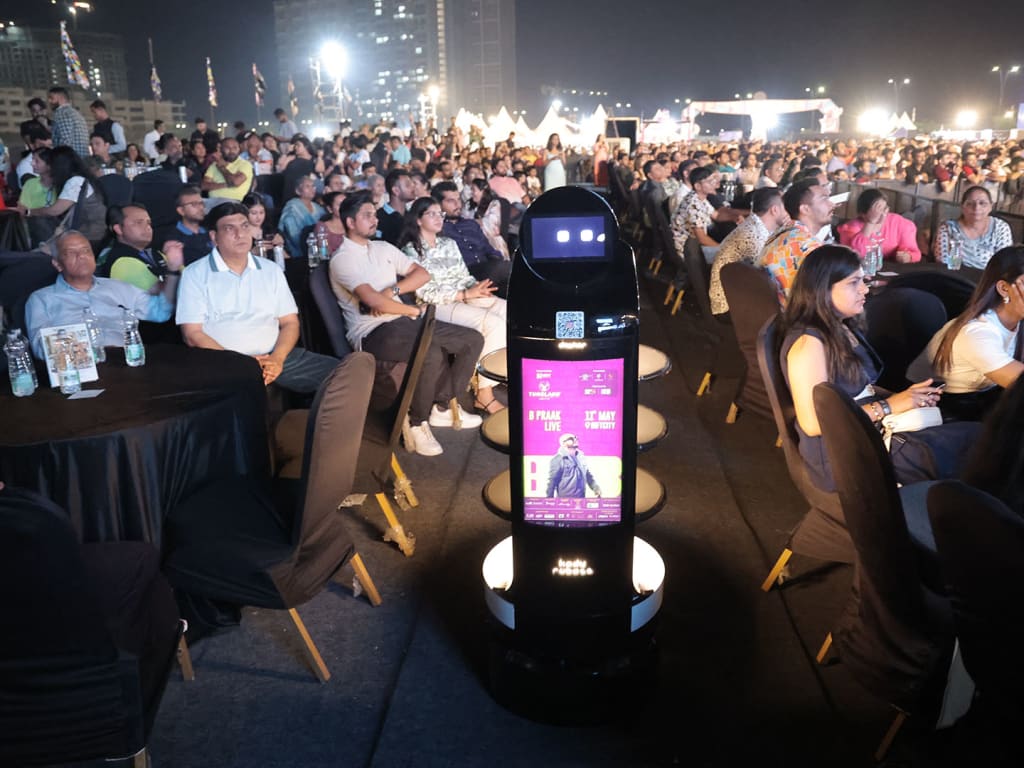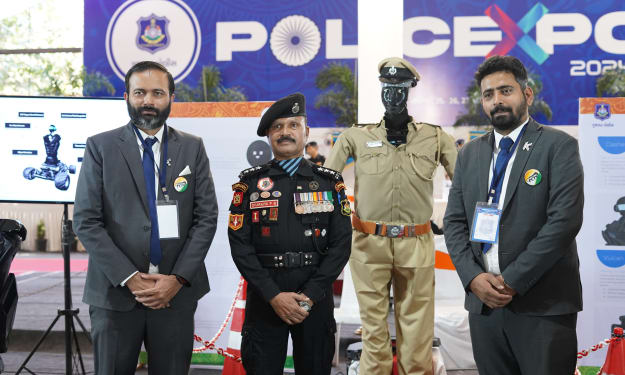Food Serving Robot for Restaurants: Revolutionizing Dining with Technology
Discover how food serving robots are transforming the restaurant industry, enhancing efficiency, and improving customer experiences. Learn about the benefits, challenges, and future of robots in restaurants.

What is a Food Serving Robot?
A food serving robot is an advanced piece of robotics technology designed to assist in serving food in restaurants. These robots can take orders, deliver food to tables, and even interact with customers. Primarily, food serving robot aim to enhance the efficiency of restaurant operations and improve customer service.
Why are Robots in Restaurants Becoming Popular?
Robots in restaurants are gaining popularity due to their ability to handle repetitive tasks with precision and consistency. These robots reduce the workload on human staff, allowing them to focus more on providing a personalized dining experience. Additionally, robots working in restaurants can operate tirelessly, ensuring that service remains prompt and efficient even during peak hours.
How Do Robot Servers in Restaurants Work?
Robot servers in restaurants are equipped with sensors and artificial intelligence (AI) to navigate the dining area, avoid obstacles, and interact with customers. These robots can take orders through touch screens or from the restaurant's side and deliver food directly to tables. Moreover, the integration of AI robots in restaurants enables them to learn and adapt to different environments, improving their performance over time.
What Are the Benefits of Using Robot Waiters for Restaurants?
Enhanced Efficiency:
Food serving robots streamline the workflow by handling routine tasks, reducing wait times, and ensuring timely service.
Consistency and Accuracy:
Robots provide consistent service, minimizing errors in order delivery.
Cost Savings:
While the initial investment can be medium, robots can lead to long-term cost savings. Customer Experience:
Robots add a novelty factor that can attract customers and provide an engaging dining experience.
Hygiene:
Robots can help maintain higher hygiene standards, which is crucial in the food service industry.
What Challenges Do Restaurants Face with Robot Servers?
- High Initial Costs: The cost of purchasing and installing food serving robots can be significant.
- Maintenance: Robots require regular maintenance and updates to function efficiently.
- Integration with Human Staff: Ensuring smooth coordination between robots and human staff can be challenging.
- Customer Acceptance: While some customers enjoy the novelty of robot servers, others may prefer human interaction.
How is the Future of Robots in Restaurants Shaping Up?
The future of robots in restaurants looks promising, with advancements in AI and robotics continually enhancing their capabilities. As technology evolves, robots are expected to become more affordable, reliable, and versatile. Consequently, restaurants adopting robot servers will likely see improvements in efficiency, customer satisfaction, and overall operational performance.
Conclusion
Food serving robots are transforming the restaurant industry by offering numerous benefits such as enhanced efficiency, accuracy and improved customer experience. Despite the challenges, the integration of robot servers in restaurants represents a significant step towards the future of dining. Embracing this technology can help restaurants stay competitive and meet the evolving demands of their customers.
FAQs
1. Are food serving robots affordable?
Yes, the initial investment in food serving robots can be medium, but they can lead to long-term savings.
2. Do customers prefer robots over human servers?
While some customers enjoy the novelty of robot servers, others may prefer human interaction. It often depends on individual preferences and the overall dining experience.
3. How reliable are food serving robots in a busy restaurant environment?
Food serving robots are designed to be highly reliable and efficient. With advancements in AI and robotics, these robots can handle the demands of a busy restaurant, navigating through crowds and delivering orders accurately.
4. What impact do serving robots have on staff roles in restaurants?
Serving robots take on repetitive tasks, allowing human staff to focus on more complex and personalized aspects of service. This can lead to a more engaging and efficient working environment for employees.
5. How do robots contribute to the restaurant's atmosphere?
Robots can enhance the restaurant's atmosphere by offering a futuristic and unique dining experience. Their presence can attract tech-savvy customers and create a buzz, making the restaurant stand out from the competition.
About the Creator
Mila Violet
Good Things always comes late...
Enjoyed the story? Support the Creator.
Subscribe for free to receive all their stories in your feed. You could also pledge your support or give them a one-off tip, letting them know you appreciate their work.






Comments (1)
Thank you I am happy with your exciting stories Watch my stories now